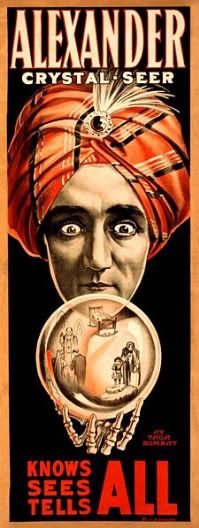Prediction: Smart Grid’s Time of Use Metering Will Have Profound Effects
Here’s a very good article that explores the promise of Smart Grid, as well as the challenges it faces.
Recently, I’ve taken to making predictions about our energy future. To that end, let me go on record as forecasting that time-of-use metering (“TOU” — billing customers less for consuming off-peak power) will have a significant impact on consumer behavior when it comes to energy efficiency. TOU is just one small facet of Smart Grid, but here’s why I believe that it alone will cause a large and very positive effect.
Take this quick anecdote: A top business consultant was hired to improve the production in a steel mill which ran two shifts, both with output that had been stagnant for many months. The consultant decided to take one single action: at the end of each shift, he walked into a visible part of the plant whose floor was covered in deep sand, and, with a shovel, carved a number that represented the tonnage that this shift had produced. For example, he’d etch “81” in numerals ten feet tall. Immediately, the 81 went to 83, to 86, to 92. All he did was provide a data point, the mere presense of which was enough to motivate a positive change.
I’m predicting something similar with time-of-use metering, when combined with messaging in emails and printed utility bills that shows consumers the details of how wasteful their energy spending really is. Imagine reading something like this:
Hello, Craig. Your household did 41 loads of laundry in May, 37 of them during peak hours. If you had done them before noon or after 8 PM, you would have saved $50 — that’s $600 annually — on laundry alone. And, as you can see in the graphic below, 8 of your 10 closest neighbors use significantly less energy than you do. You may want to ask them what they’re doing to save money and treat our planet more kindly.
I believe the results will be profound.

